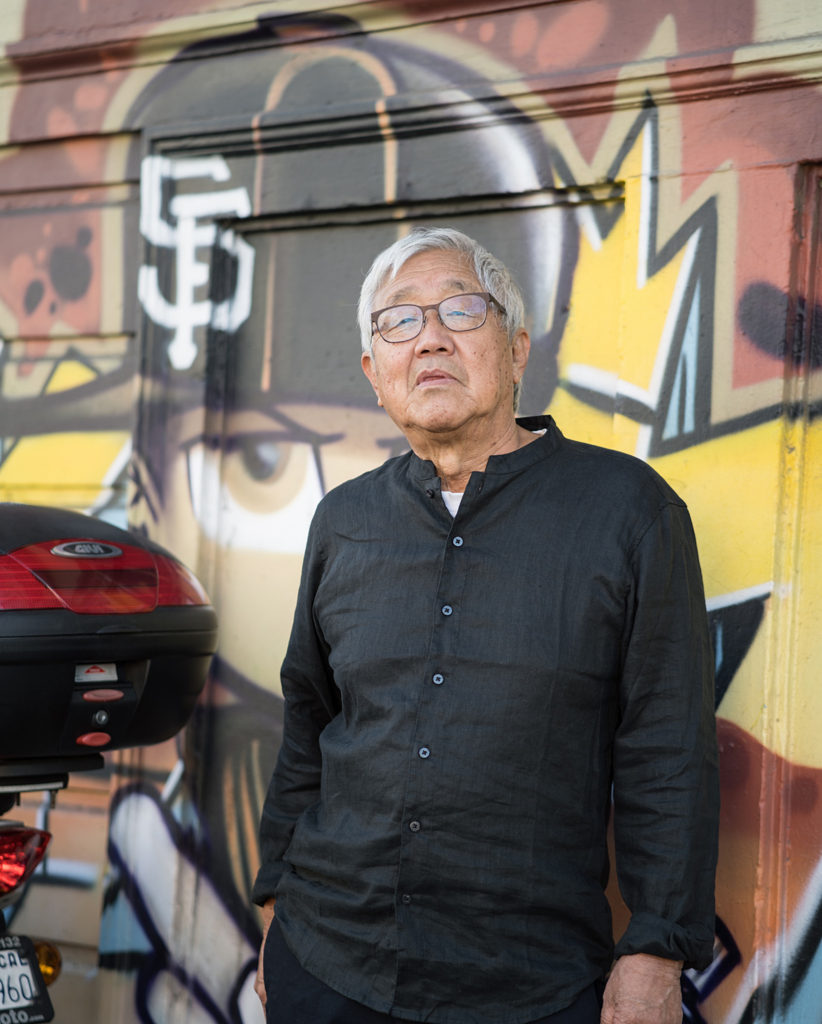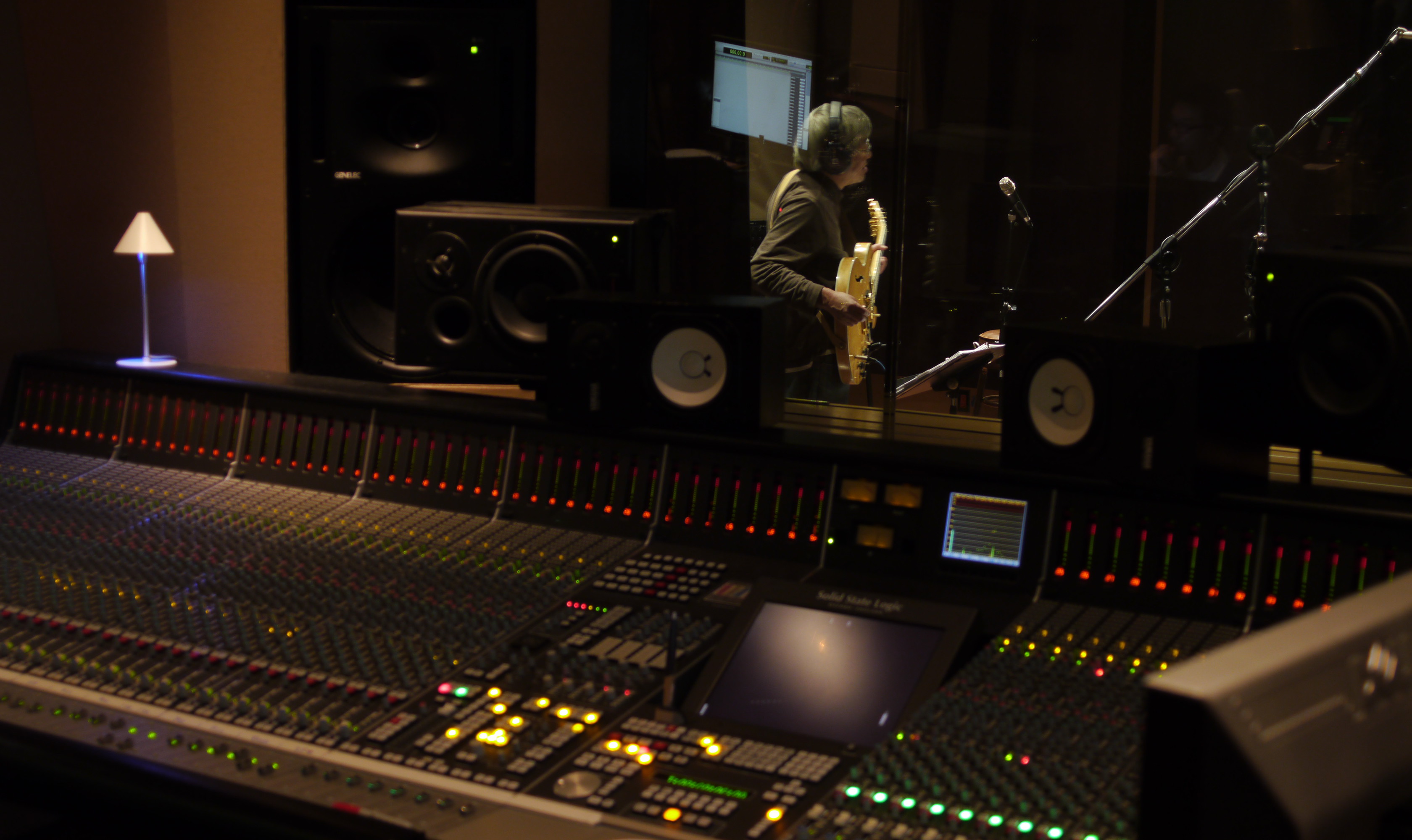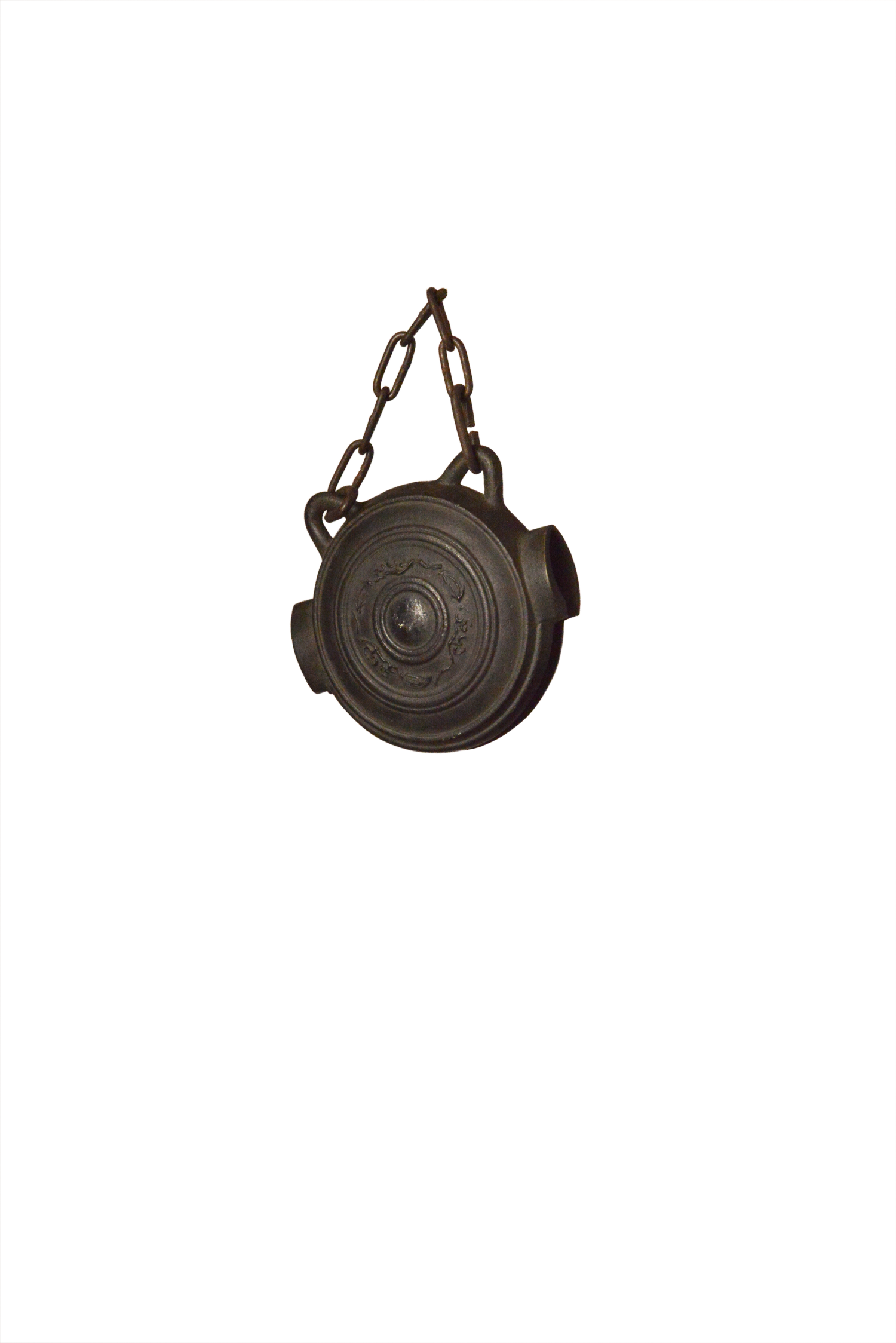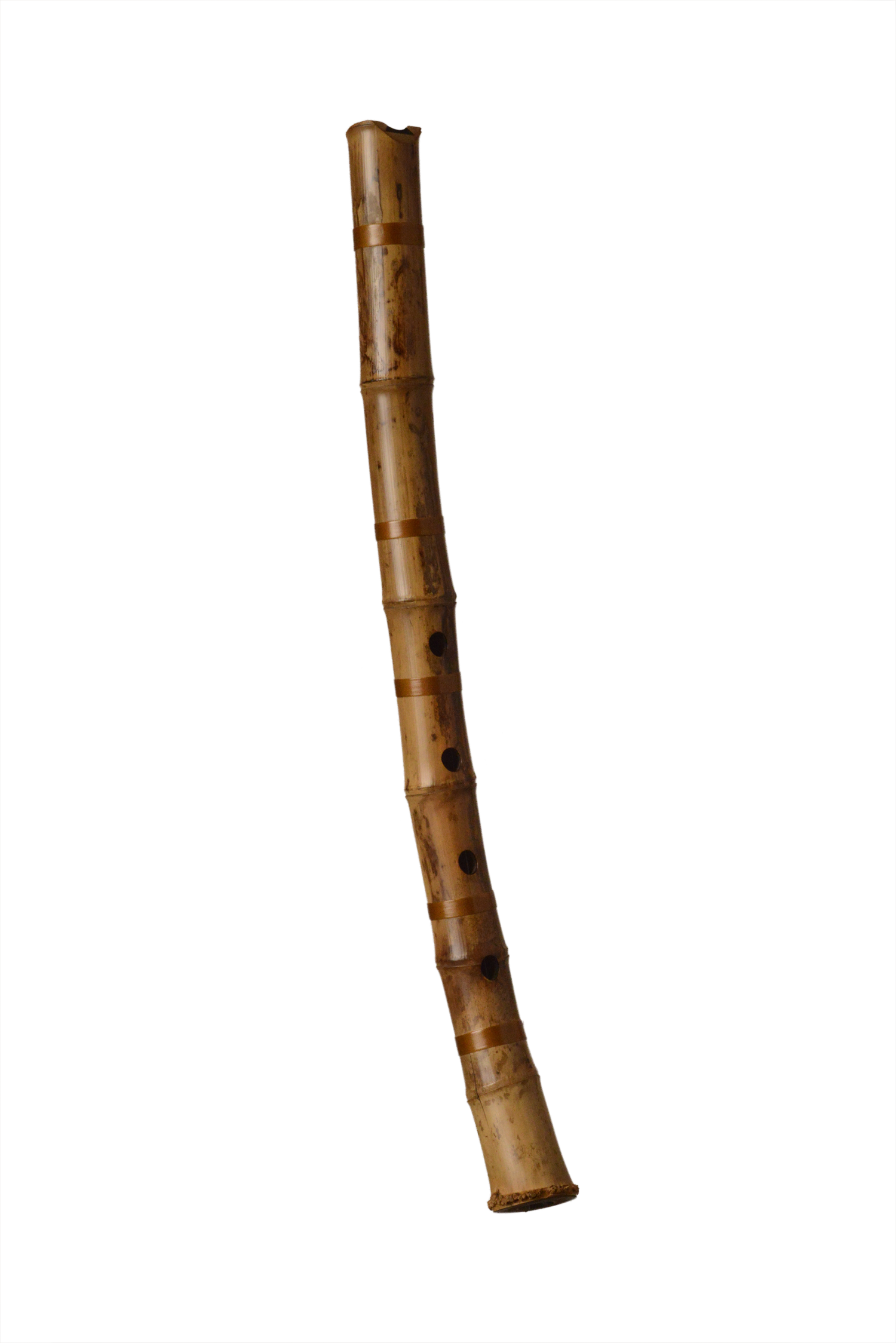
Makoto started playing guitar after rooming with Larry Coryell at the University of Washington in Seattle. Seattle is a unique environment for music and during the early sixties when Makoto lived there, there was a thriving music scene in Jazz, Blues, and Pop. He subsequently studied with Bill Connors (Chic Corea). With an interest in composition, Makoto studied music and composition with Davoud Johnson and Julian Priester. Makoto’s vision was to create Asian American music that reflected the diverse cultures that he lived in. In one side of the house on Sundays, he heard music from traditional Japan and on the other, the music of the generation he grew up with, from Jazz, to Motown, to rock and the blues. Growing up in Denver, country music was always in the air. As Evyind Kang, the alchemical musician from Seattle says, “I was always uncomfortable with the places I grew up in. I always felt like an immigrant.” Makoto grew up feeling alienated from the place where he lived. He grew up in Colorado during and after World War II, where the environment, was not friendly to Asians, because the U.S. was still at war with Japan. He ended up in Colorado because it was one of the only states, which would accept Japanese Americans after they were conditionally released from the relocation camps.

It wasn’t until the seventies, when Makoto met a group of artists, writers, and musicians, who influenced his social process of identity that he was able to begin his musical journey. Evyind Kang’s Seattle Times article written by Paul De Barros, “Eyvind Kang: Prolific musician searches for spiritual sustenance”, helped Makoto to define the process of decolonizing the mind, which further shaped his artistic goals.
“Music is about one’s culture, and hence my search for a sound,” Makoto says. He now believes that his culture is no longer just contained in the music of America and Japan, but throughout a developing world culture. He is a voracious listener of music from all cultures. Culture is reflected not only in traditional music but also in today’s pop music. “It is a  matter of being able to acknowledge different parts of humanity’s’ cultures and incorporating them into your own.”
matter of being able to acknowledge different parts of humanity’s’ cultures and incorporating them into your own.”

But Makoto was signed not to any major label, his first album, recorded and released in 1980 on an independent label called Path Records was picked up by Quincy Jones who is one of the quintessential arranger/composer/producers of our times. Makoto became a Qwest Recording Artist along with the likes of Patti Austin and James Ingram. He was privy to one of the most successful artistic collaborations of Michael Jackson and Quincy Jones in the history of the music business.
Makoto’s second album called Nside, also released on Qwest Records, was a collaboration with lyricist, vocal arranger, and songwriter Siedah Garrett, (Man in the Mirror) as well as the musicians from the first album. Vocalists Porsha Griffin and Claytoven were added on as vocalists. The second album is flavored on the pop side of Makoto’s vision.
Makoto’s latest release  a cd Spirit of The Island this year which features Eric Kamau Gravatt on drums (Weather Report & McCoy Tyner, Masaru Koga on wind (Mas plays shakuhachi, shaku flute, flute, Fue, Saxes, samba drums), Hiroyuki Shido on Bass, and George Abe on Fue and Shakuhachi. Mr Gravatt is a master drummer who played in the first Weather Report and was a long time colleague as the drummer for McCoy Tyner. Masaru Koga is a wonderful multi-instrumentalist saxophone and flute who plays traditional Japanese Shakuhachi and fue as well as was the Director of Samba Asian, a group of Asian Americans that played samba music.
a cd Spirit of The Island this year which features Eric Kamau Gravatt on drums (Weather Report & McCoy Tyner, Masaru Koga on wind (Mas plays shakuhachi, shaku flute, flute, Fue, Saxes, samba drums), Hiroyuki Shido on Bass, and George Abe on Fue and Shakuhachi. Mr Gravatt is a master drummer who played in the first Weather Report and was a long time colleague as the drummer for McCoy Tyner. Masaru Koga is a wonderful multi-instrumentalist saxophone and flute who plays traditional Japanese Shakuhachi and fue as well as was the Director of Samba Asian, a group of Asian Americans that played samba music.
Contact Info: makoto@makotosbeat.com
All instrument photos by: Edgardo Caballero
